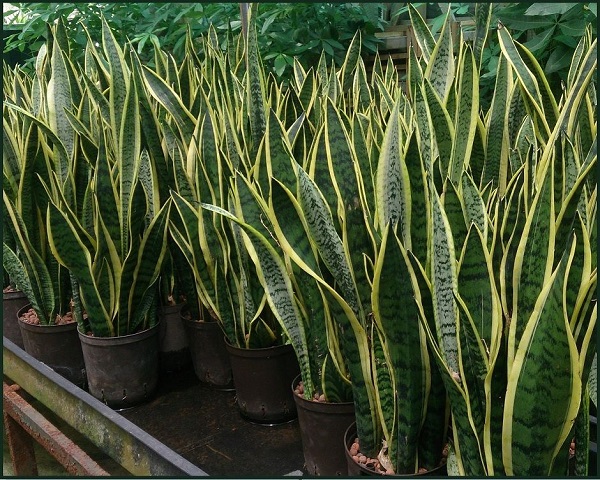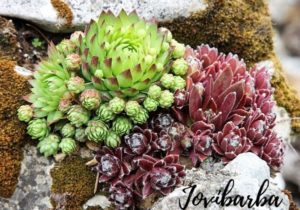Sansevieria (San-sev-ee-AIR-ee-uh) goes by a few common names that do not seem intended to inspire affection. It is called the snake plant, due to its long, slim foliage with intriguing markings. Mother in law’s tongue is another common name for this easy-care succulent. The best I can figure, this name is based on the premise that her tongue never wears out! The same is certainly true for the sansevieria plant. Despite these names, sansevieria deserves your love! Snake plant care is incredibly easy, and it one of the very best indoor succulents. Let’s take a look!
All About Growing Sansevieria – Snake Plant Care
In this Post We'll Cover:
{Please note, some links in this post may be affiliate links to sites that pay me a small commission if you click on the link and make a purchase. This commission is at absolutely no cost to you. I only recommend products and companies that I have worked with and truly love! ~Kat}
Sansevieria Plant – Mother in Law’s Tongue
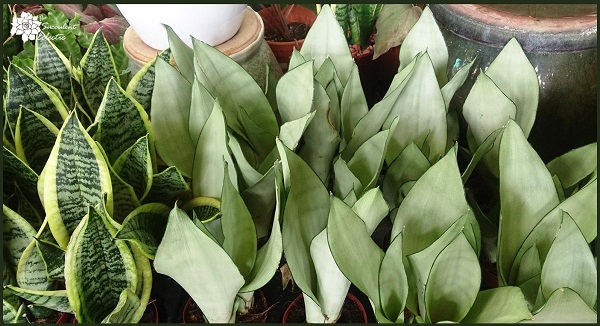
The sansevieria plant originated in dry regions of Africa, Madagascar and southern Asia. They offer more diversity of appearance than you may realize. While most people recognize the plant at the top of this post, mother in law’s tongue (what an unfortunate name!) can be tall or dwarf, straight-leafed or curled and twirled into the shape of a bird’s nest. Its primary shades are green, grey or silver and it is sometimes shot with bright yellow. Leaves are typically flat, but some snake plants have rounded, cylinder-like leaves, held upright, or splayed like a starfish. All varieties of sansevieria lend a bold, structural appeal and modern sensibility to your home, indoors or out!
Sansevieria – Succulent Houseplants
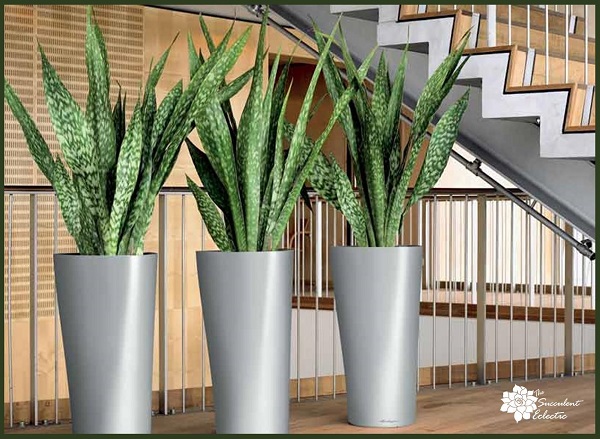
Since Victorian days, the evergreen sansevieria plant has been one of the most popular of all houseplants. It’s tolerance of a wide range of lighting, and especially low lighting, makes sansevieria one of the very best indoor succulents. Often said to thrive on neglect, these plants do need their particular needs met, just like any plant. It just happens that snake plant care requires very little input from us once it is planted! These needs are easily met in the typical indoor conditions found in the home or office. We’ll cover them in detail below.
If you are surprised to learn that the snake plant is a succulent, you are not alone! Sansevieria plants store water in their leaves, and in modified underground stems, called rhizomesA rhizome (RI-zome) is a modified stem that grows undergroun.... This adaptation enables them to thrive in times of drought. The plant draws on its stored reserves of water to sustain it when water is scarce. This is the very definition of a succulent plant.
Sansevieria Snake Plant Forms
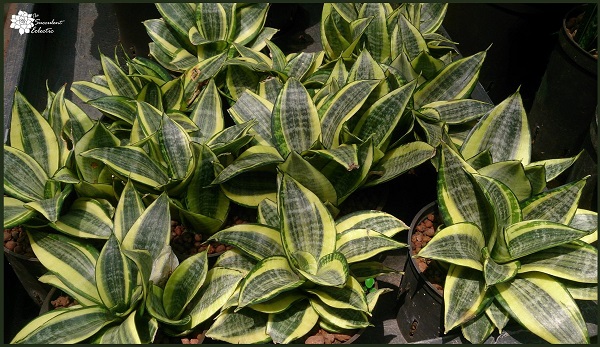
The most common sansevieria or snake plant is S. trifasciata, the one you see at the top of this post. The foliage is stiff and upright, shaped like a lance. They typically grow 28-35 inches tall, and about 2 inches wide. The leaves are dark green with an intricate banding of lighter green. The named variety does not have that margin of bright yellow. This is the result of a virus, that hybridizers have stabilized in order to offer the decorative foliage. If you were to plant the seed of one of these yellow banded beauties, the new plant would be mottled green without the margin.
Varieties of sansevieria plant grow from just 8 inches tall to over a staggering 8 feet tall! In addition to the tall, strainght, lance-shaped varieties, bird’s nest and cylindrical snake plants are quite popular. The first is a low growing whorl of leaves that arch out from the center. It is easy to imagine a bird’s nest cradled in the center of the plant. The cylindrica’s leaves are circular at their cross-section, and grow straight up, or some varieties grow outward from the center in a single plane – like the fingers on your hand. Some people like to braid the leaves of cylindrica, though they are really cool left to their nature.
Does the Snake Plant Flower? It Does!
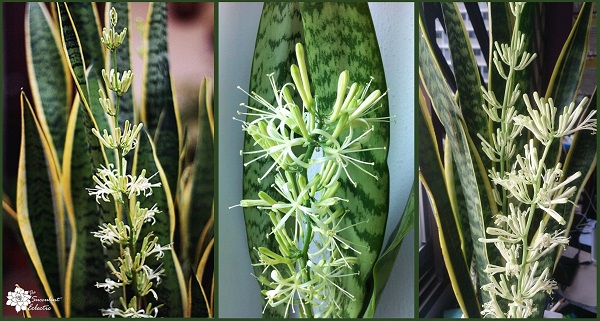
Many who have grown sansevieria for years may be surprised to learn that they do bloom. It may take years for the plant to reach sufficient maturity, and each snake plant flowers just once. But this just tells you how seldom you will see the blooms. It does not even begin to prepare you for the glory of their scent! White, tubular blooms emit an alluring scent, especially strong in the evening and night. The fragrance calls to the moths that pollinate the snake plant flower. The blooms also release a stick, sap-like fluid. While you should not plant sansevieria in the hopes of enjoying the blooms, when they do flower, it is an occasion!
The Snake Plant Flower is Followed by Berries
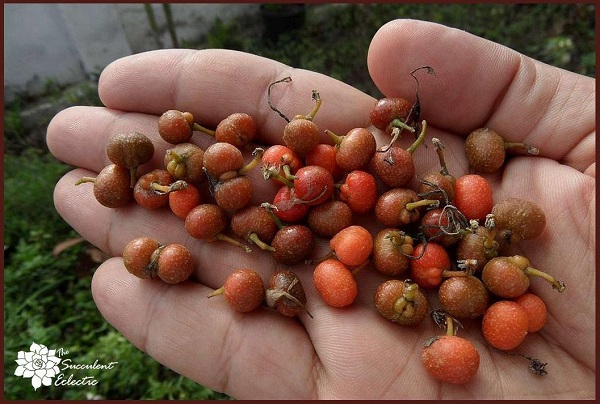
When the long-lasting sansevieria blooms are spent, seed-bearing fruits or berries are formed. After a time, the berries dry, crack open and release their seeds. You can certainly harvest the seeds and plant them to grow more snake plants, but this is a slow, and unreliable process. As noted above, leaf variegation is lost when growing a new plant from seed. And it is far faster and more successful to propagate sansevieria from divisions or cuttings. These berries are toxic, so take care if you have pets or small children and your plant is blooming.
Sansevieria Care
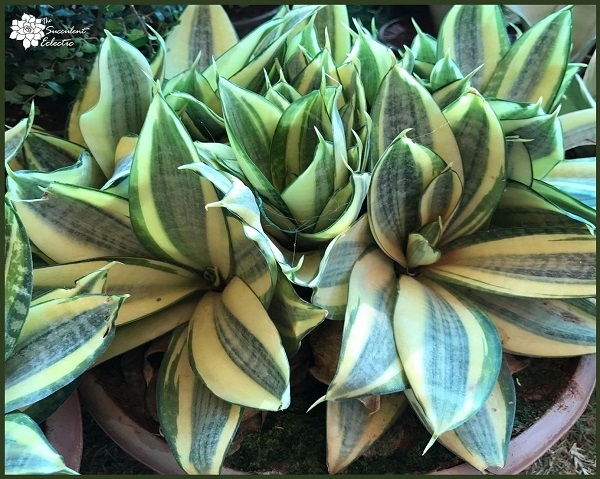
Proper Lighting for Sansevieria Snake Plants
Sansevieria will thrive in a wide range of lighting, from very dim, to full sun in all but the hottest climates. Indoors, your snake plant will do well in any room of the house, including a bathroom! They will stretch a bit as they reach for more light, so be sure to take that into consideration. Outdoors, your sansevieria will grow lush and lovely in shade to sun, though they do best with protection from direct sun in the heat of the day. Sansevieria plants are typically hardy to only the most mild winter climates, zones 10 and 11. Protect them from frost, or bring them indoors over the winter. Or simply grow your snake plant indoors year-round!
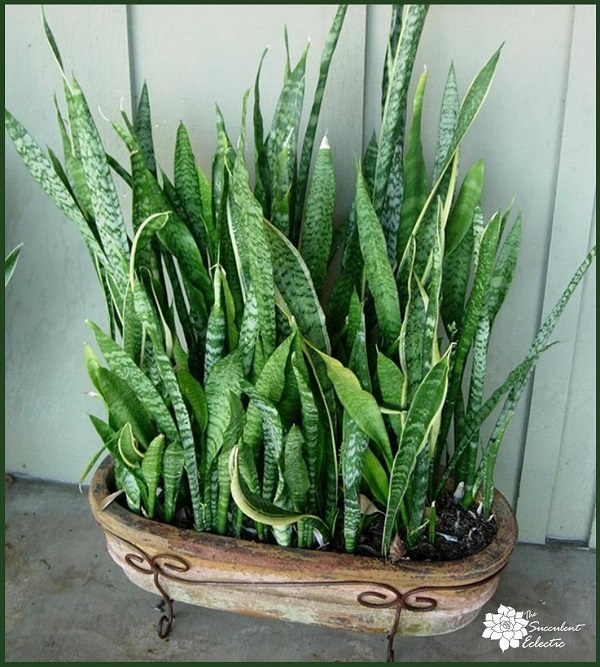
Sansevieria Care – What Soil to Use?
Snake plant care is so very simple, because the needs of the plant are so minimal. But while it is true that sansevieria plants don’t need much, the reverse is equally true. They need to not have much. That sounds weird, doesn’t it? Let’s consider their soil. Sansevieria not only do not need a rich soil, it is important that their soil be nutritionally poor. A commercial cactus blend works well. They need a fast draining soil, and do best when their roots are a bit crowded. But don’t plant them directly in a favorite container. The vigorous rhizomes will split the container in time. Plant your sansevieria in a plastic container, then slip that into the decorative one of your choice, preferably one an inch or so larger than the plastic pot!
Sansevieria Care – How to Water Your Snake Plant
Proper watering is the single most important part of snake plant care. Only water your sansevieria plant when the soil is dry. Then water generously, until it pours out from the drainage holes. Let the water drain until it stops dripping before returning it to the cover pot. Then let the soil fully dry before watering again. This may work out to watering just once a month. This works beautifully for a healthy, happy plant. For a more detailed review of how to water succulents properly, please click here.
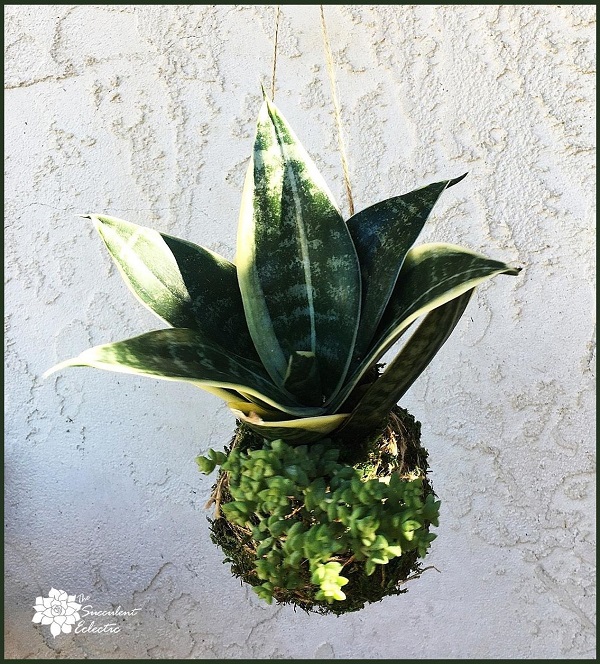
Sansevieria snake plants are handsome, architectural plants and some of the finest, easy-care indoor succulents to be found. All the rage in Victorian times, and fallen into obscurity in the latter half of the 20th century, sansevieria are experiencing a renaissance! Do you grow these beautiful plants in your home? I would love to know! Please take a moment to leave a comment, or to ask any questions. I am happy to help!
‘Til next time…
Happy gardening!

P.S. For my FREE course, 7 Steps to Succulent Success, please subscribe! Thanks so much!
P.P.S. Why not join my Facebook Group for succulent lovers? We talk about succulent care, propagation, succulent identification, and design. It’s a warm and welcoming group that would love to meet you!

